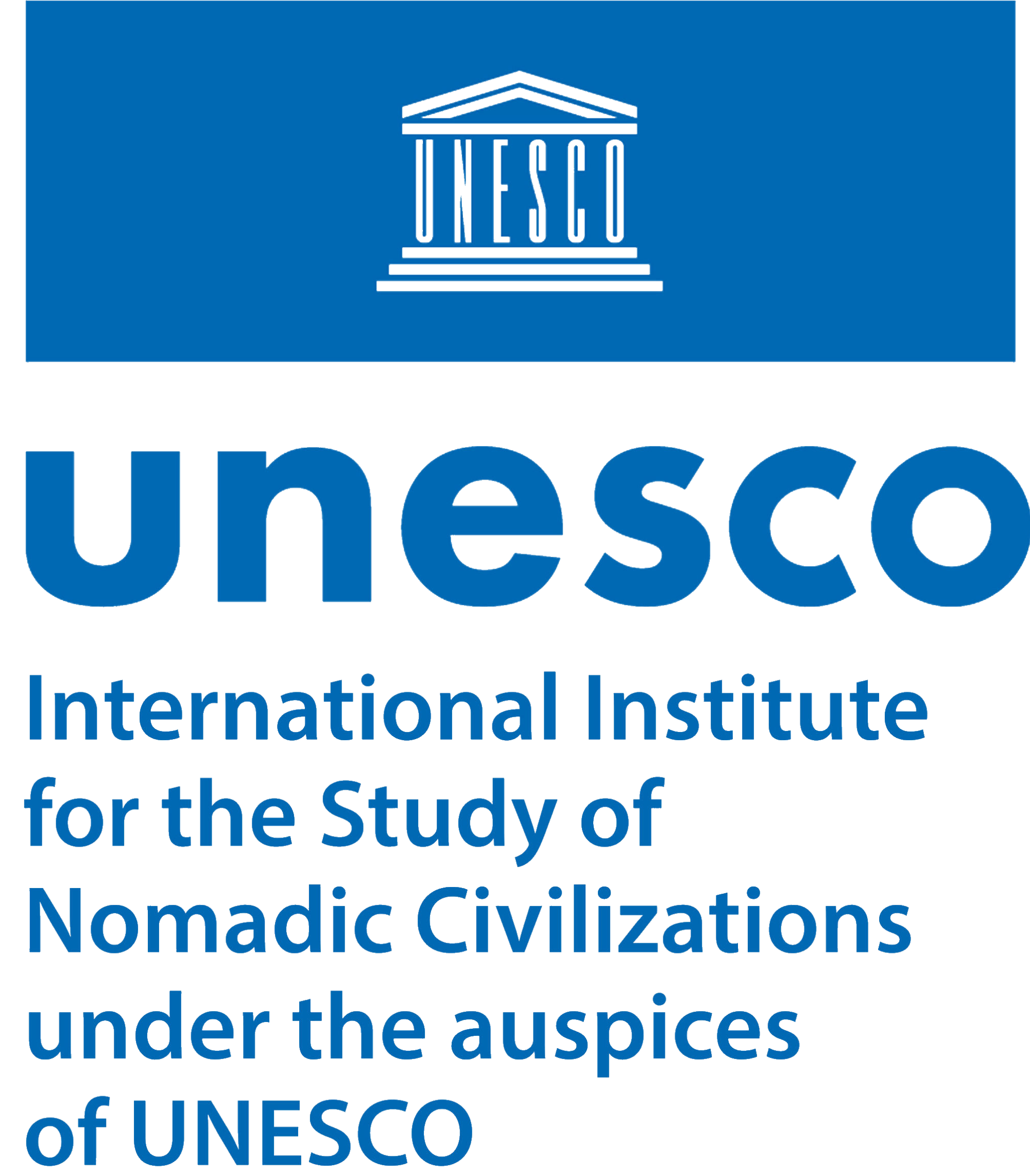Komiss reborn?
Thriving thrift shops and the ethics of second-hand clothing in Ulaanbaatar, Mongolia
Keywords:
Nomadic ethics, second hand clothes, thrift, komissAbstract
There’s has been apparent stigma in wearing used clothes among Mongolians, which still persists among older generation. Many people are familiar with the act of letting go one’s clothes by burning them or cutting the collars in case of giving away. Even if the clothes were given away, it’s most preferrable to donate within same kinship. In suchway, both giving and taking old clothes had certain stigma attached to it as Mongolians imagine one’s clothes accommodate their energy or spirit. Such stigma has a root in religious belief and also had shaped further by the bad reputation of „komiss” clothes. The notion of Komiss was introduced around late 1990’s, when people started importing second hand clothes from China and Korea by bulk and selling them at the black market. Until recently, it would be disgraceful to buy from such second hand „komiss” clothes. However, the very same idea of selling old clothes was re-introduced with the western concept of „thrifting” as a result of globalisation, „komiss” clothes are now more trendy and preferred among young Mongolians. This paper will explore how nomadic tradition and understanding of ethic towards old clothes is being challenged by thrift culture.
References
Stansfield, R. (2022). Morality, Materiality and Mystery: Second-hand Clothing Consumption and Practice in a Small Town in Aotearoa / New Zealand. Master's thesis. Massey University.
Na’amneh, M., & Husban, A. A. (2012, September). Identity in old clothes: The socio-cultural dynamics of second-hand clothing in Irbid, Jordan. Social Identities, 18(5), 1-13. DOI:10.1080/13504630.2012.692897
Larsen, F. (2018). Valuation in action: Ethnography of an American thrift store. Business History. DOI:10.1080/00076791.2017.1418330
Fassin, D. (2012). Towards a Critical Moral Anthropology. In D. Fassin, Moral Anthropology (pp. 1-17). Wiley-Blackwell. ISBN 9780415627276
Hall, S. M. (2011). Exploring the 'ethical everyday': An ethnography of the ethics of family consumption. Geoforum, 42(6), 627-637. https://doi.org/10.1016/j.geoforum.2011.06.009
Hansen, K. T. (2004). THE WORLD IN DRESS: Anthropological Perspectives on Clothing, Fashion, and Culture. Annual Review of Anthropology, 33, 369-392. https://doi.org/10.1146/annurev.anthro.33.070203.143805
Hetherington, K. (2004). Secondhandedness: consumption, disposal, and absent presence. Environment and Planning, 22, 157-173. DOI:10.1068/d315t
Humphrey, C., & Ujeed, H. (2012). Fortune in the Wind: An Impersonal Subjectivity. Social Analysis, 56(2), 152-167. Humphrey, C., & Ujeed, H. (2012). Fortune in the Wind: An Impersonal Subjectivity. Social Analysis, 56(2), 152-167.
Khookhdoi, C. (2006). Customs, taboos and symbols among Mongolian herders. Ulaanbaatar: Munkhiin Useg. ISBN 9789992910955
Mattingly, C., & Throop, J. (2018). The Anthropology of Ethics and Morality. Annual Review of Anthropology(47), 475-492. https://doi.org/10.1146/annurev-anthro-102317-050129
Martin, P. M. (1994). Contesting Clothes in Colonial Brazzaville. The Journal of African History, 35(3), 401-426. https://hdl.handle.net/2022/3255
Podkalicka, A., & Potts, J. (2014). Towards a general theory of thrift. International Journal of Cultural Studies, 17(3), 227–241. https://doi.org/10.1177/13678779134961
Downloads
Published
How to Cite
Issue
Section
License
Copyright (c) 2024 Dorjpagma Batsaikhan

This work is licensed under a Creative Commons Attribution-ShareAlike 4.0 International License.




